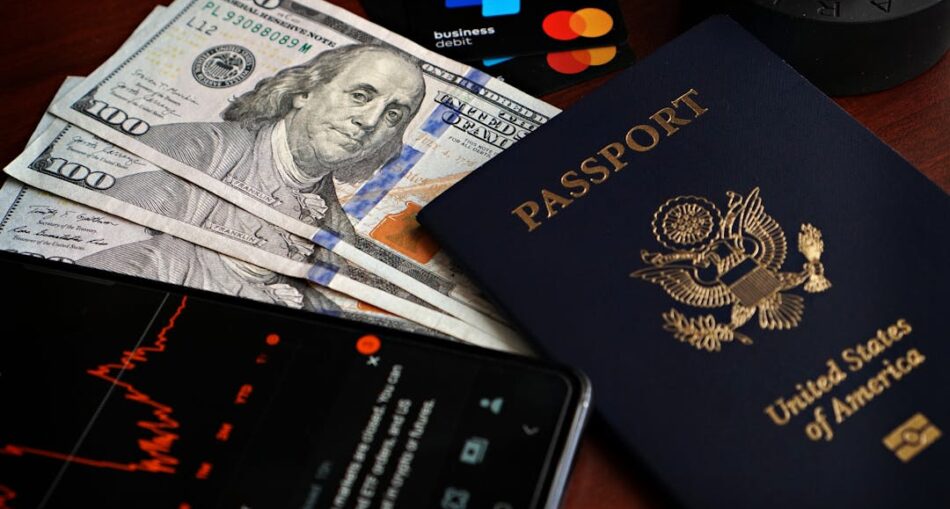U.S. immigration law is constantly evolving to meet the nation’s economic and labor demands—and 2025 marks a significant turning point, especially for professionals seeking employment-based green cards. Major changes in the EB-2 and EB-3 visa categories, combined with a new fast-track National Interest Waiver (NIW) pilot program, are creating faster and more flexible pathways to permanent residency for skilled workers, researchers, and entrepreneurs.
For those navigating the immigration process—or advising clients through it—this is a critical time to understand how these reforms are opening doors for global talent. In this article, we’ll explore the full scope of these developments, explain how to qualify, and provide insight into how a seasoned immigration attorney can help you succeed.
Understanding Employment-Based Immigration: EB-2 and EB-3 Categories
The EB-2 and EB-3 immigrant visa categories are pillars of U.S. employment-based immigration. They allow individuals with specific qualifications and work experience to apply for lawful permanent residence (a green card) based on a job offer, or, in some cases, without one.
EB-2: Professionals with Advanced Degrees or Exceptional Ability
To qualify under the EB-2 category, an applicant must:
- Possess an advanced degree (or a bachelor’s plus five years of progressive experience)
- OR demonstrate exceptional ability in the sciences, arts, or business
Many EB-2 applicants benefit from the National Interest Waiver (NIW), which allows them to bypass the labor certification requirement by proving their work serves the national interest (more on this later).
EB-3: Skilled Workers, Professionals, and Other Workers
The EB-3 category is more inclusive. It covers:
- Skilled workers (minimum two years training or experience)
- Professionals (with a U.S. bachelor’s degree or equivalent)
- Other workers (unskilled labor, requiring less than two years of training)
Unlike EB-2, most EB-3 cases require employer sponsorship and a PERM labor certification to show that there are no qualified U.S. workers available for the position.
To explore your eligibility under these categories and how they differ, visit our Employment-Based Immigration overview.
2025 EB-2/EB-3 Visa Policy Changes: What’s New?
This year, the Department of Homeland Security (DHS), in coordination with the Department of Labor (DOL), announced several strategic updates to modernize employment-based immigration. These updates include:
1. Increased Visa Allocations
In 2025, visa availability for EB-2 and EB-3 has significantly improved due to spillover from family-based categories. This means reduced wait times, especially for applicants from high-demand countries like India, China, and the Philippines.
2. Improved Priority Date Movement
The Visa Bulletin from USCIS shows forward movement in many priority dates. For example, EB-2 for India, which had been backlogged for years, has moved forward by nearly 12 months since late 2024.
3. Digital Streamlining of the PERM Process
The Department of Labor is piloting new technology tools to digitize labor certifications and reduce bottlenecks. This helps EB-3 and employer-sponsored EB-2 applicants speed up the approval process.
The 2025 Fast-Track NIW Pilot Program: What You Need to Know
In early 2025, USCIS launched a Fast-Track NIW Pilot in response to national workforce shortages and innovation needs in high-tech and scientific sectors. This experimental program reduces processing times for certain high-value applicants.
Key Features of the Fast-Track NIW Program:
- Processing times reduced to 30–45 days
- No employer sponsorship required
- Targeted fields: Clean energy, cybersecurity, biotech, AI, defense technology, climate science, and medical research
Eligibility for Fast-Track NIW
Applicants must meet standard NIW criteria and demonstrate one or more of the following:
- Advanced STEM degree from a U.S. institution
- Published research in peer-reviewed journals
- Patents or innovations recognized at a national level
- Grants or funding from U.S. government agencies
- Public impact in underserved communities or essential industries
Strategic Considerations: Should You Apply for EB-2, EB-3, or NIW?
Choosing the right path to permanent residency depends on multiple factors—your education, employment background, field of work, and immigration goals. Here’s a quick comparison:
| Criteria | EB-2 | EB-3 | NIW |
| Degree Required | Yes (Advanced) | Yes (Bachelor or less) | Yes (Advanced or Exceptional Ability) |
| Labor Certification | Required (unless NIW) | Required | Waived |
| Employer Sponsorship | Usually Required | Required | Not Required |
| Fast-Track Option | Yes (with NIW) | No | Yes (Pilot Program) |
| Processing Time | 6–18 months | 9–24 months | 45–90 days (pilot) |
If you’re uncertain about which path is best, our Employment-Based Immigration category page offers detailed guidance on all major options.
How to Strengthen Your Petition in 2025
Given the competitive nature of U.S. immigration programs, documentation quality is critical. Whether you’re applying for a standard EB-2, EB-3, or the NIW fast-track pilot, consider the following:
1. Present Strong Supporting Evidence
Include:
- Academic credentials (degrees, transcripts)
- Work experience letters
- Awards, certifications, and industry recognition
- Publications, citations, or media coverage
- Proof of employment or project funding
2. Tailor Letters of Recommendation
Custom-written reference letters from respected professionals in your field can make or break a case. They should describe:
- Your expertise and accomplishments
- Your project’s importance to the U.S.
- Your unique qualifications
3. Anticipate RFEs (Requests for Evidence)
USCIS often asks for additional proof, especially with NIW cases. A qualified immigration attorney can preempt this by submitting a complete and compelling package up front.
Case Study: How a Fast-Tracked NIW Changed One Researcher’s Life
Dr. Lina Patel, a biomedical researcher from India, had been waiting over three years for her green card under the EB-2 route. In early 2025, she learned about the fast-track NIW pilot program.
With guidance from RAM Law Firm:
- She compiled a strong portfolio of NIH-funded research, journal articles, and expert letters
- Her NIW was filed under the pilot initiative
- The petition was approved in just 39 days
Today, she’s working at a cancer research center in Texas, with her green card secured.
Final Thoughts: Take Advantage of the 2025 Immigration Window
The U.S. needs top-tier talent—and immigration policy in 2025 reflects that. If you are a skilled worker, STEM graduate, researcher, or business innovator, this is your moment.
Expanded EB-2/EB-3 visa availability, forward-moving priority dates, and the groundbreaking NIW fast-track pilot are creating unprecedented access to permanent residency.






